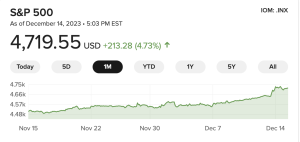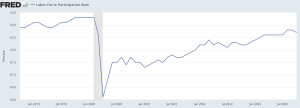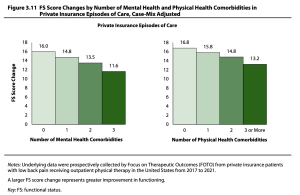Private equity firms Lee Equity Partners and Elements Health Investors completed a recap of Carisk Partners last week, marking one of the very few deals to be done over the last many months.
While this may be an indication that things may be moving, there are several reasons we aren’t likely to see a return to the halcyon days of a decade ago.
First, over the last two years Carisk is one of the very few companies to actually get a deal done. Several others tried and failed, mostly because:
a) sellers’ expectations were out of whack with what buyers would pay;
b) due diligence revealed softness in numbers &/or growth plans &/or management depth;
c) current debt service costs made a deal too costly; and/or
d) the property is/was too large (more at the mercy of industry trends than smaller entities, very hard to grow share when you are already huge)
Carisk has very experienced and quite effective management, terrific marketing, some of the best sales people in the industry, a strong culture and a coherent strategy for growth and expansion.
Second the structural issues inherent in workers’ comp, namely it is a highly mature, consolidating/consolidated industry with very low to negative growth make it less attractive than, say, generative AI.
Third, debt – which makes up most of the purchase price of pretty much every sale – is still expensive compared to rates over the last decade or so. Investors will eventually get over mid-to-high single digit interest rates, but haven’t yet.
Lastly, reality is work comp is just not that interesting: many execs are highly risk-averse if not downright lazy; innovation is frowned upon if not actively avoided; and complacency is rampant as is chronic under-investment in IT and human capital.
The few transactions that have closed – HomeCare Connect and now Carisk most prominent- are really solid companies with great management teams, solid track records and a clear path to substantial growth. The ones that didn’t close were…not.
That’s not to say some companies won’t test the waters, but don’t get caught up in rumors about this or that company getting sold or preparing for a sale or going to market or talking to investment bankers.
Bankers are ALWAYS talking up potential deals…it is how they gin up business – and the work comp rumor mill loves to help ’em out.
What does this mean for you?
A great company will always be valuable.
disclosure – I have a (very small) financial interest in Carisk.

![]()


















